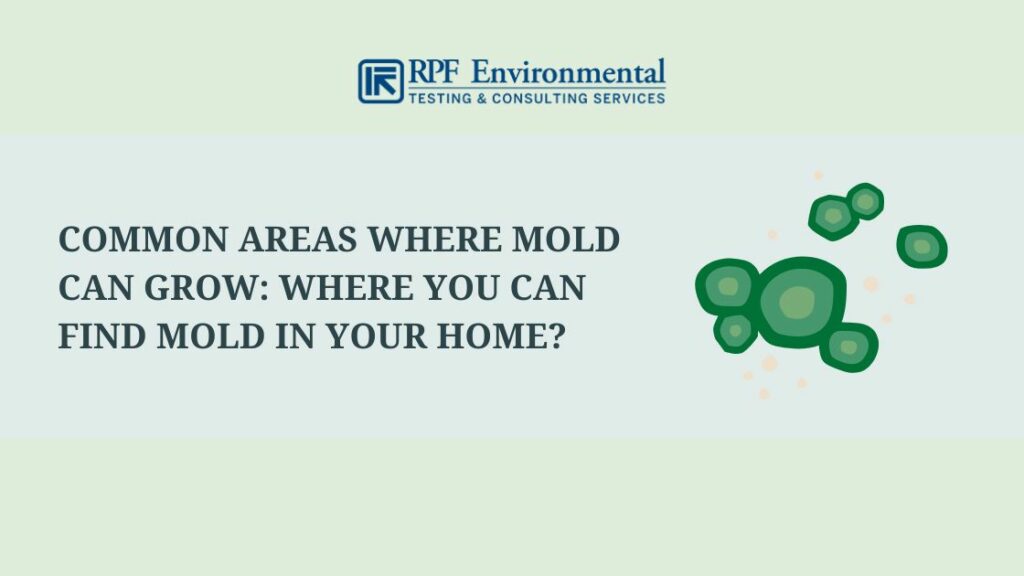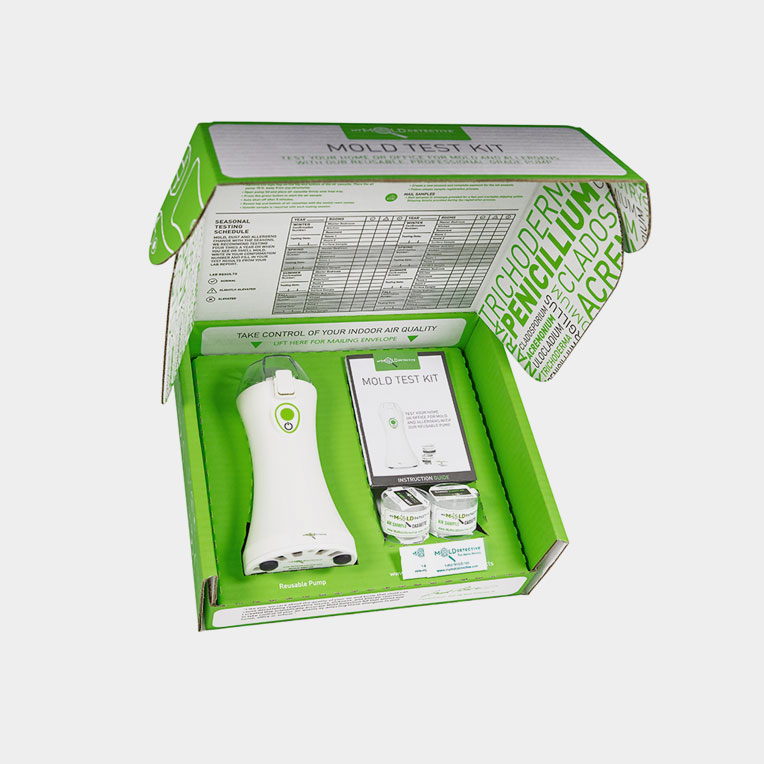Exactly How Mycotoxin Screening Helps Avoid Contamination and Secure Food Products

Mycotoxin testing is an important method in the food market, serving as a frontline defense versus contamination by unsafe contaminants generated by mold and mildews. With the application of sophisticated techniques like High-Performance Fluid Chromatography (HPLC) and Fluid Chromatography-Mass Spectrometry (LC-MS), food producers can accurately detect and evaluate mycotoxin levels in farming items. This proactive approach not just makes sure compliance with rigorous security policies yet likewise mitigates wellness dangers to consumers. Regular screening fortifies brand track record and financial wellness by lowering contamination-related events. So, just how precisely do these screening procedures incorporate into the broader food security approach?
Comprehending Mycotoxins
Understanding mycotoxins begins with identifying that they are harmful additional metabolites generated by certain mold and mildews, which can infect agricultural products. These metabolites are not important for the development or recreation of the fungis but can have serious implications for human and animal wellness. Mycotoxins are generally located in staple plants such as corn, wheat, barley, and nuts, where they can multiply under particular problems of wetness and temperature level.
There are a number of types of mycotoxins, each generated by different fungal species. Fusarium varieties create trichothecenes and fumonisins, both of which are linked with various intense and persistent health concerns.

Threats of Mycotoxin Contamination
The threats of mycotoxin contamination are complex, posturing considerable dangers to both food security and public health and wellness. Mycotoxins, harmful compounds generated by particular kinds of fungi, can contaminate a vast array of agricultural items consisting of grains, nuts, flavors, dried fruits, and coffee. Once these toxins penetrate the food supply, they can cause major health concerns such as liver damage, kidney failure, and also cancer. Vulnerable populaces, including youngsters, the senior, and immunocompromised individuals, are specifically in jeopardy.
Economic influences are another significant concern. Polluted crops can lead to significant monetary losses for farmers and food manufacturers due to minimized returns and the need for pricey decontamination actions. Worldwide profession can be dramatically hindered as countries implement rigorous mycotoxin regulations to safeguard their populaces, leading to denied shipments and strained trade connections.
Ecological variables such as environment change intensify the threat of mycotoxin contamination. Variants in temperature and humidity can produce beneficial conditions for fungal growth, increasing the chance of contamination events. Therefore, understanding and mitigating these dangers are important for ensuring the safety and integrity of worldwide food products.
Methods of Mycotoxin Examining
Properly recognizing mycotoxin contamination in agricultural items is necessary for securing public health and keeping food safety and security standards. Different methods are used to spot and quantify mycotoxins, each offering certain benefits and limitations.
High-Performance Fluid Chromatography (HPLC) is an extensively utilized technique due to its high sensitivity and accuracy. It entails separating mycotoxins from other materials in a sample, allowing accurate metrology. Likewise, Liquid Chromatography-Mass Spectrometry (LC-MS) integrates liquid chromatography with mass spectrometry to offer detailed molecular details, making it particularly helpful for identifying multiple mycotoxins all at once - Mycotoxin testing Services.

Gas Chromatography-Mass Spectrometry (GC-MS) and Thin-Layer Chromatography (TENDER LOVING CARE) are likewise used, each with special applications. GC-MS is efficient for unstable mycotoxins, while TLC provides a less complex, navigate to this website cost-effective option for initial screening.
Benefits of Normal Testing
Regular testing for mycotoxins in farming items uses many benefits, substantially adding to public health and wellness and food safety and security. By identifying contamination early, normal screening aids prevent the distribution of harmful foods, thus lowering the danger of mycotoxin-related diseases among customers. This positive technique not only safeguards human wellness but likewise improves the general high quality of food materials.
Constant screening additionally sustains regulatory compliance. Various nations and regions have developed stringent limits for mycotoxin degrees in food and feed. Complying with these limits via normal testing makes sure that manufacturers and distributors satisfy lawful standards, thereby preventing penalties and profession barriers. Moreover, keeping conformity promotes customer trust fund and brand name track record, which are important for market success.
In addition, regular mycotoxin testing can result in considerable financial advantages. Early detection of contamination permits timely treatment, reducing possible losses from prevalent contamination. Carrying out routine testing protocols can also decrease recall prices and relevant obligations, which can be monetarily devastating.
Moreover, regular testing provides valuable data that can notify better agricultural practices and storage space conditions. By comprehending patterns of contamination, producers can adopt safety nets, thus lowering future threats and adding to the sustainability of the food supply chain.
Carrying Out Examining Methods
Implementing reliable mycotoxin testing methods is essential for guaranteeing the security and high quality of farming products. Developing a durable screening framework includes several essential actions, beginning with the recognition of potential contamination factors within the manufacturing and supply chain. This consists of pre-harvest, post-harvest, storage space, and distribution phases. Each stage should be looked at to determine where mycotoxin contamination is probably to occur.
As soon as essential control pop over to these guys points are recognized, choosing appropriate testing methods is necessary. Common methods consist of enzyme-linked immunosorbent assay (ELISA), high-performance fluid chromatography (HPLC), and mass spectrometry (MS) Each technique has its staminas and weak points; therefore, selecting the correct one depends upon the details mycotoxin being examined, the called for level of sensitivity, and available resources.

Finally, integrating the screening procedures into an extensive food safety and security administration system is a good idea. This boosts traceability and allows quick restorative actions when contamination is discovered, therefore securing the integrity of the food supply chain.
Verdict
Mycotoxin testing is important in protecting against contamination and protecting food supplies by making it possible for very early discovery of dangerous contaminants produced by mold and mildews in agricultural products. Advanced methods such as HPLC and LC-MS guarantee compliance with security policies and protect consumers from health and wellness risks. Normal screening enhances brand name reputation, monetary security, and count on food security by minimizing contamination-related losses and preserving high criteria in food production. Implementing strenuous testing methods is therefore essential for the sector's overall health.
Mycotoxin screening is an indispensable practice in the click over here food industry, offering as a frontline defense against contamination by damaging toxic substances generated by molds. An integrated method entailing farming techniques, storage monitoring, and regular testing can mitigate the threats associated with mycotoxin contamination, making sure food safety and security and public health.
The dangers of mycotoxin contamination are complex, presenting substantial threats to both food security and public health and wellness.Normal testing for mycotoxins in agricultural products uses various advantages, considerably contributing to public health and food safety and security.Mycotoxin screening is crucial in preventing contamination and securing food products by enabling early discovery of dangerous toxins produced by molds in farming products.